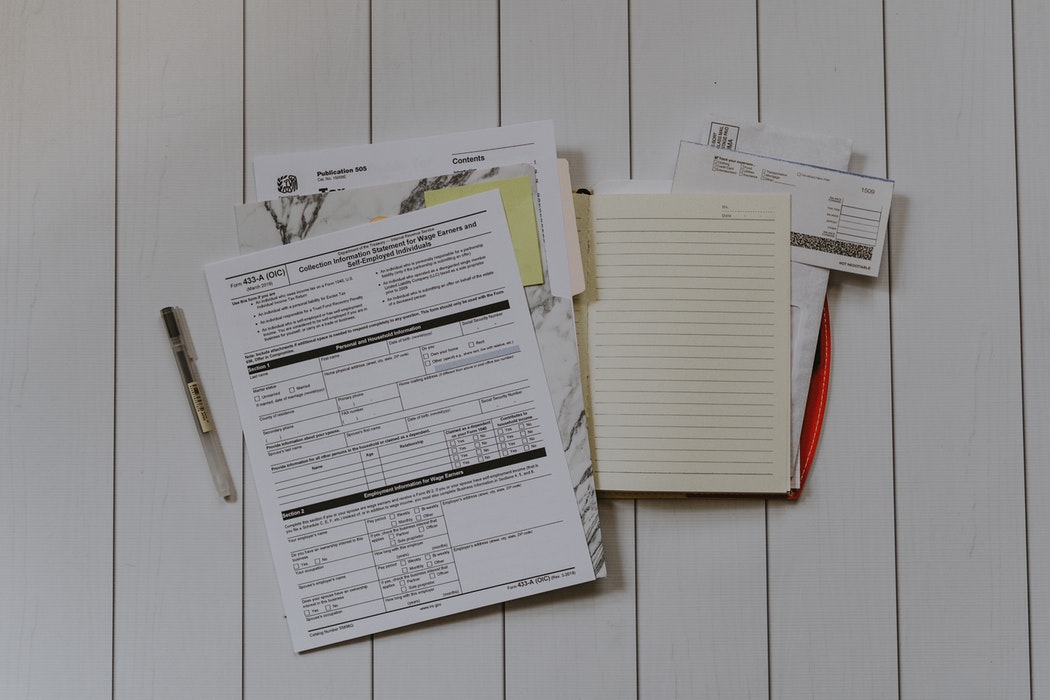Saving for a house might seem difficult, especially as the economy continues to fluctuate. However, that doesn’t mean you have to give up on your home buying dreams! If you want to take your first steps towards homeownership, we have a few simple tricks that can help you build your savings account.
How to Save Up for Your Perfect Place
Before you begin saving, consider how much you’d ideally like to put down on a house. Your down payment will likely be your largest upfront cost, and most buyers put down around 20% of a home’s value. However, there are some loans that require as little as 0% down, so be sure to explore all of your options.
It can take years to save up for a home. Nevertheless, if you plan ahead and follow these tips, you’ll soon be on a path to success.
Create a monthly budget…and stick to it
Having a budget can help you set spending limitations and savings goals each month, but it’s crucial to stick to it if you want to make progress. Start by documenting all your sources of income, then subtract your monthly expenses. This shows you what you’re paying for housing, food, utilities, and extra expenses, as well as how much you have left over. From there, you can set spending goals and designate a certain amount of money towards your house fund every month.
Cut unnecessary spending
As you craft a new budget, consider cutting out any expenses you can live without. You might have to make some sacrifices, but if you’re serious about saving for a home, your hard work will pay off in the long run. The more you save, the more house you can afford!
Consider getting rid of any unnecessary recurring payments, like streaming services or magazine subscriptions. Cooking at home, buying generic brands, and putting off that big vacation can also save you thousands every year. If you put that money directly into your savings, you won’t even miss it…because you were already spending it.
Pay off your debt
If you’re like many would-be homebuyers, lingering credit card or student loan debt might be keeping you from making a move. Before you start saving for a home, try to pay off debts or reconsolidate them into a smaller monthly payment with a lower interest rate.
Not sure where to start? Consider talking with a financial advisor about any underlying debt that needs to be paid off. It might take a while, but it’s better to take on a mortgage with more manageable payments.
Put your retirement savings on hold
While it is crucial to save for retirement, buying a home is also an important step in your life—so it’s okay to temporarily divert some of your savings towards your down payment. However, it’s not a good idea to take money out of your existing retirement accounts. You could get saddled with taxes and unwanted early withdrawal fees if you dip into your IRA or 401(k)!
Start a side hustle
Even during these challenging economic times, it’s still possible to make a quick buck doing what you love. Starting a side hustle can help you rake in some extra cash on the weekends and evenings—and even a little money can add up over time.
Looking for suggestions? Pet sitting, ride sharing, personal training, and photography are just a few possibilities. Who knows…your passion could turn into a profitable second income!
Ready to Start Your Buying Journey?
Looking for more home buying advice? We’ve got you covered! Just reach out to us for more tips and tricks, and let us know when you’re ready to take your next steps. We’re always here to answer any questions you might have, especially as the market continues to change.


